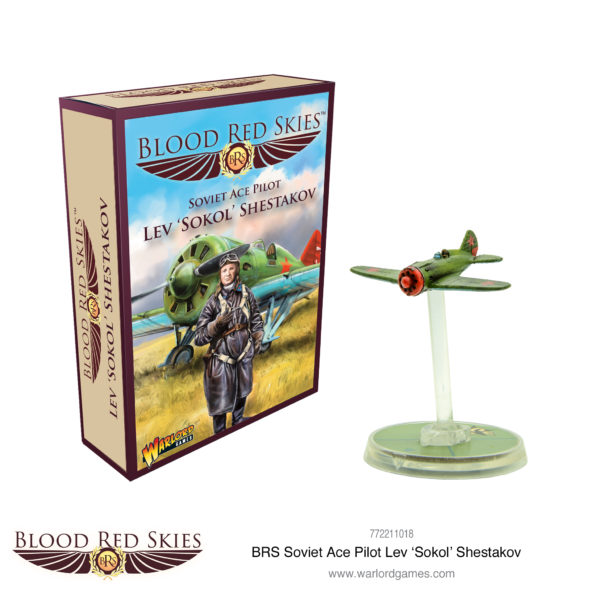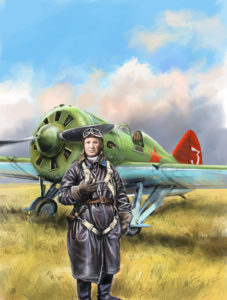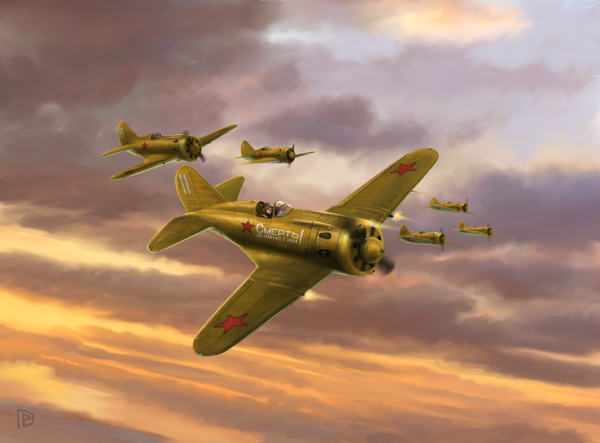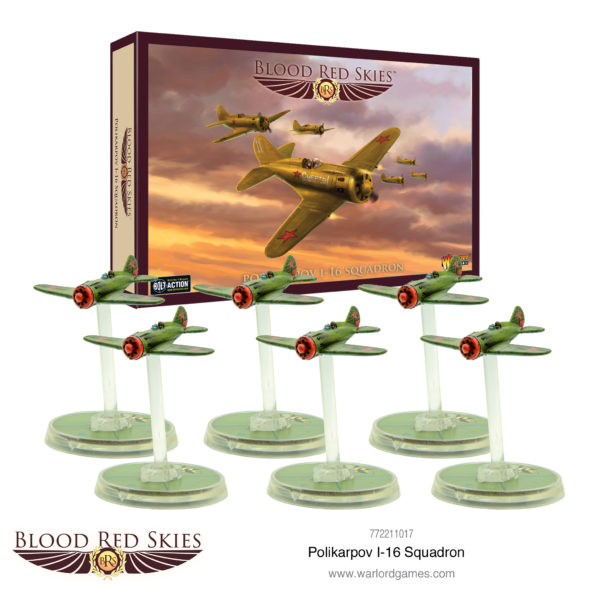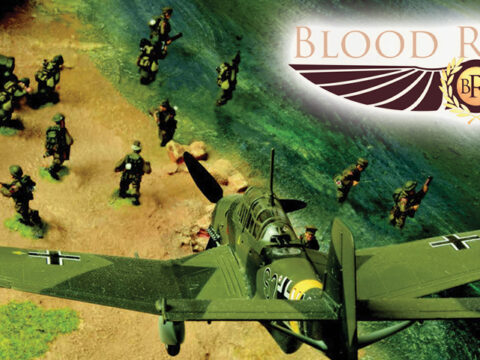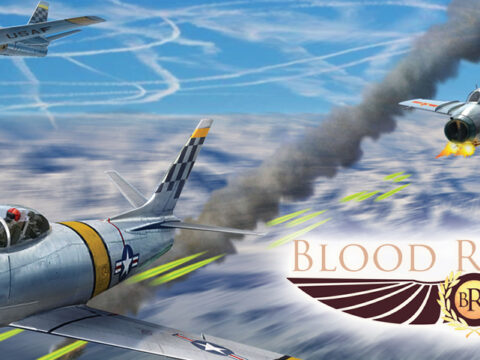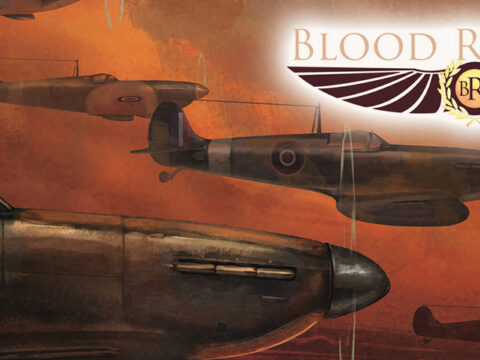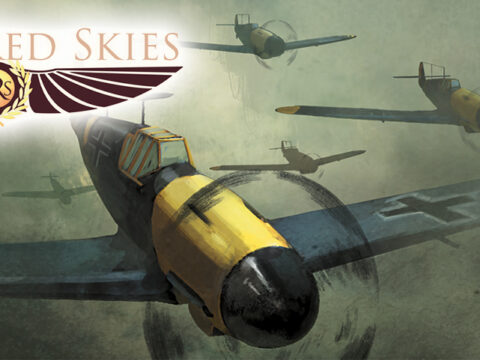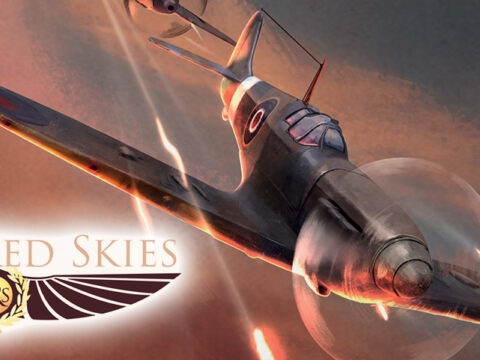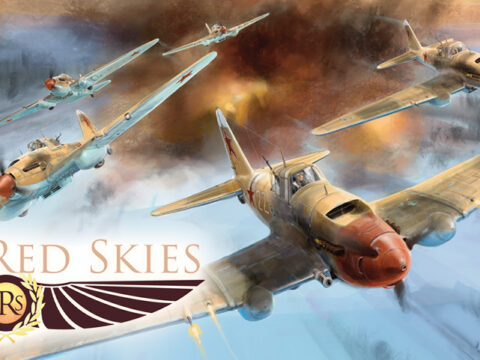Explore the career of one of the Soviet Union’s highest-scoring aces – fight the Fascists in Spain and defend the Motherland with Lev Shestakov!
Spring, 1944. A swarm of Ju-87 Stukas hammered away at an advancing Soviet tank formation. Hoping to drive off the now-obsolete dive bombers, a squadron of LaGG-3 fighters charged into the battle. Tracers slashed from the rear turrets of the bombers, mingling with the bursts from the fighters. In the ensuing melee, one of the fighters spiraled out of the furball, crashing into the ground.
Perhaps the backwash from a Stuka’s engines knocked him out of the air, or his airframe was riddled with bullets by an expert rear gunner. Either way, the career of one of the Soviet Union’s highest-scoring aces has come to an unfortunate, and untimely end.
Lev Lvovich Shestakov was born in the Donbas region of Ukraine in December 1915, to a railway worker and his wife. From an early age, he exhibited great persistence and determination – he was fascinated by machinery, which stood him in good stead for his vocational training as a railway mechanic. During his further education, Shestakov got the opportunity to enroll in flight school, and in 1934, he officially joined the Soviet Air Force as an officer cadet.
Graduating top of his class, Shestakov was commended for his skill and dedication, particularly his mastery of air combat tactics. With the entry of the Soviet Union into the Spanish Civil War in 1937, he applied for combat duty and enlisted in the Spanish Republican Air Force, flying the cutting-edge Polikarpov I-16 monoplane.
The acrobatic I-16 proved its worth against the Nationalists, vastly superior to the Fiat and Heinkel biplanes supplied by Italy and Germany. Shestakov was able to push this aircraft to the limit, exploiting every advantage to gain an edge in combat. In addition to his considerable personal skill, he was also an excellent tactician, developing new strategies to take on the numerically superior fascist squadrons.
During the Spanish Civil War, Shestakov would claim 8 solo and 31 shared victories, making him the highest-scoring pilot on the Republican side. On his return to the USSR, he was decorated with the Order of the Red Banner and given command of a squadron. In 1938, this would be upgraded to the Order of Lenin – an appropriate reward for one of the Soviet’s most famous aces.
With the amalgamation of four fighter squadrons into a single regiment, Shestakov was promoted to second in command and continued to develop his skills as both a fighter pilot and instructor.
Upon the outbreak of war with Germany in 1941, Shestakov and his regiment were instrumental in defending Odessa from the Axis onslaught, disrupting enemy fighter sweeps and close air support operations. Sometimes his fighters were pressed into the ground support role, fitted with RS-82 unguided rockets to blunt enemy tank assaults. He pioneered the use of the I-16 as a ground-attack aircraft and developed tactics to close the gap in performance between it and the predatory Bf109.
For his heroic defense of Odesa, Shestakov would be made a Hero of the Soviet Union. By 1942, he was flying the more modern LaGG-3 over Stalingrad, where his success continued. He would rise to the rank of Lieutenant Colonel, scoring over 26 kills before his death in March 1944.
Some sources state that Shestakov fought a private war with the vaunted Ju-87 Stuka Ace Hans-Ulrich Rudel, which ultimately led to his death. Soviet war diaries state that Shestakov’s squadron bounced a group of Stukas – as was characteristic, Lev dived into the formation, searching for Rudel’s aircraft which was marked with a snake. He allegedly shot Rudel down, with the explosion from the destroyed Stuka knocking out his aircraft. German accounts dispute this.

